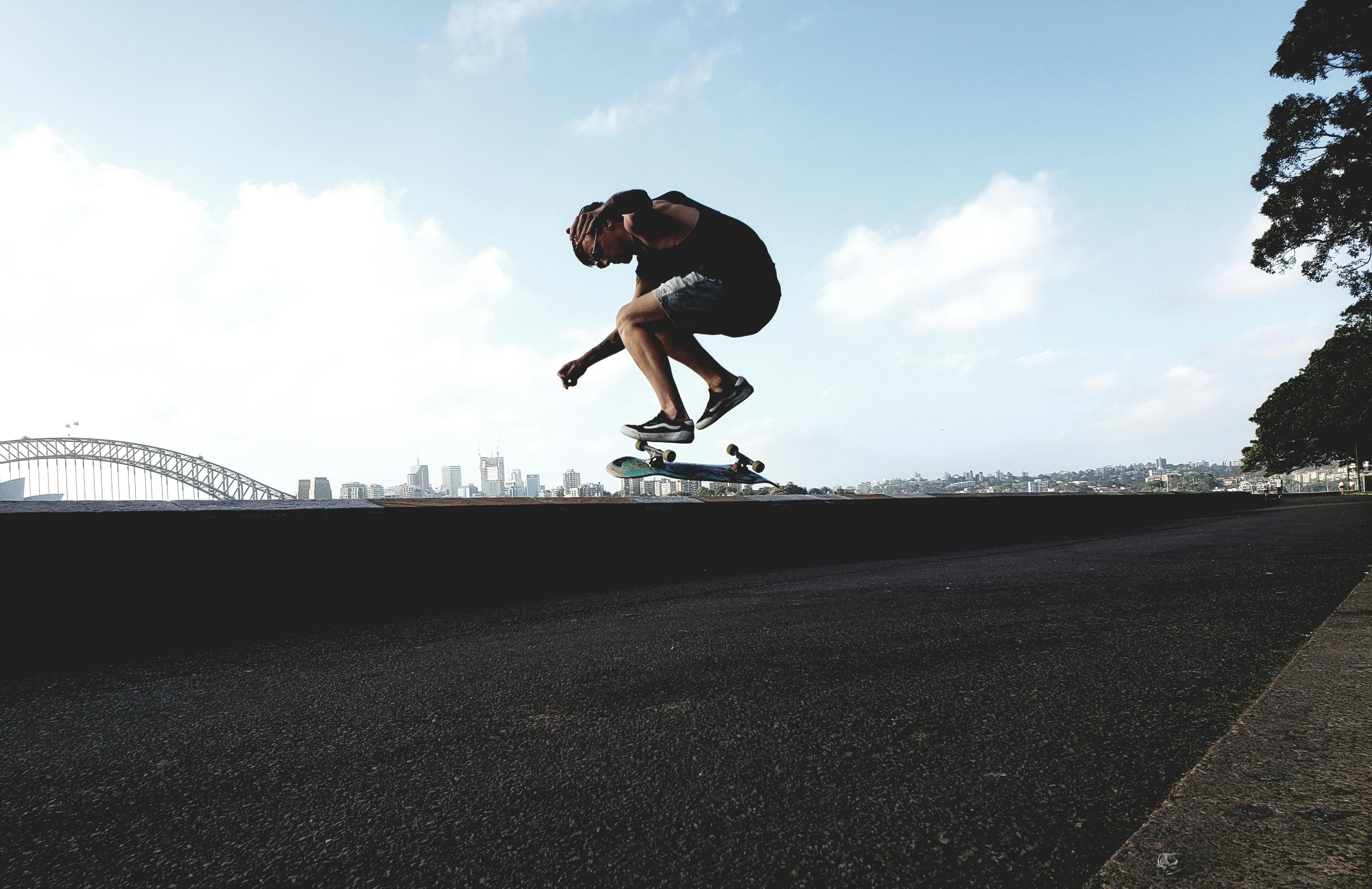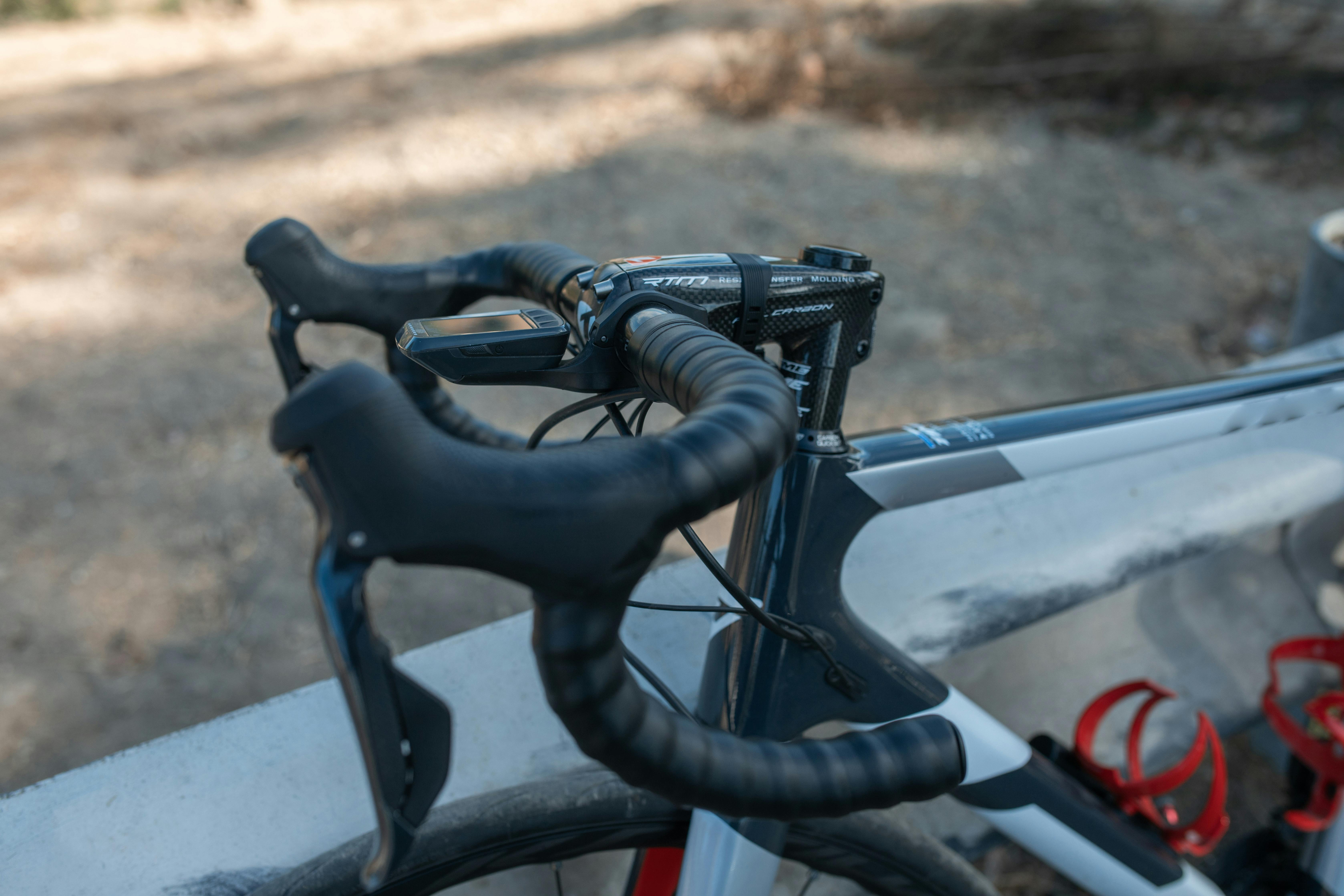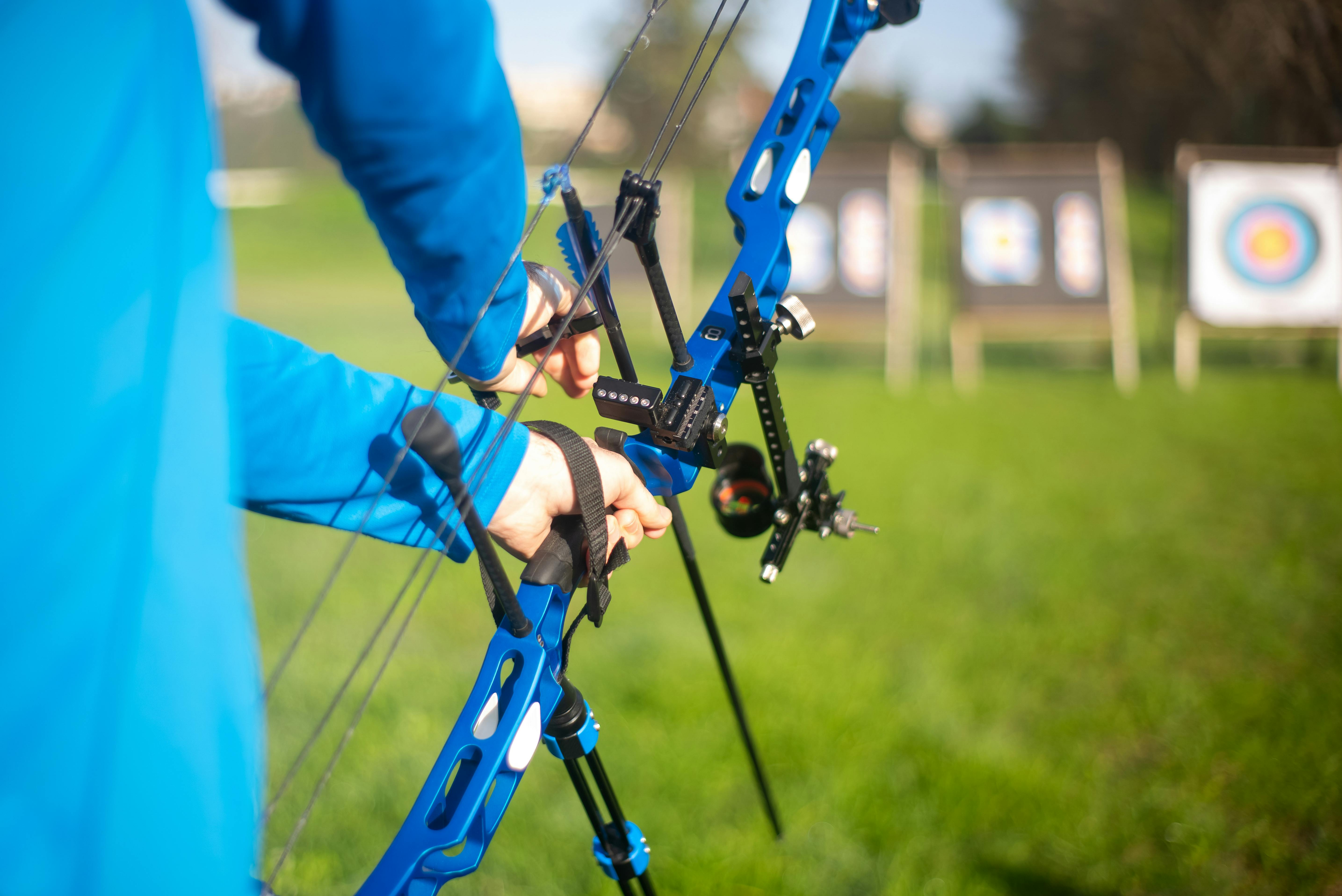Defense in baseball is both an individual and a team function. Being a good defensive outfielder requires correct fundamentals and focused practice. Playing good defense also requires the players on the field to work together. Each player must know the responsibilities of his position. They must support each other and communicate clearly. And they must know the priorities to which each member of the team is subject.
When the ball goes out into the field of play, each defensive position has responsibilities. Players must know where to position themselves. They must also anticipate the play and reposition themselves correctly.
As defensive teammates, every outfielder needs to “pick each other up,” as the saying goes. Backing up other outfielders and infielders is key. Covering each other and covering the field well requires following assigned priorities. Doing all these things requires clear and unequivocal communication.
The center fielder is the “field general” of the outfield. He is considered the best fielder in the outfield. It is very likely that he is also the fastest runner of the three outfielders. Lastly, he is in the middle of the field and well positioned to see all parts of the outfield better than the corner outfielders.
If the center fielder and a corner fielder go after a hit, the center fielder gets priority. This rule assumes that both outfielders have an equal chance to field the ball! It is important to take this qualification into account.
Unfortunately, I have seen two problems with pointing out this rule to players, or not telling outfielders of the rule. The first problem usually occurs in youth baseball. One of the corner fielders takes this rule too seriously. This results in the corner fielder not aggressively chasing a batted ball because “you told me the center fielder should take everything.” And the ball ends up very close to him without any attempt to catch it.
The second problem with not understanding, or even knowing, this rule is player collisions. Both the center fielder and a corner fielder run after a hit and neither gives way to the other. Nothing good can come out of this situation.
The center fielder has priority to catch the ball when both he and a corner fielder have a good opportunity. In these situations, both outfielders must communicate that they will catch him; both “ask” for the ball.
The center fielder must recognize that both have asked for the ball and must continue to ask for it. When the corner fielder hears the center fielder calling for the ball, he should immediately swerve and back up the center fielder.
It is important for gardeners to understand the nuances of this rule. It doesn’t mean that the center fielder should carry every ball hit into the outfield. Also, it doesn’t mean that if a corner fielder calls for the ball first, he is “entitled” to the ball. It just means this: If the center fielder calls for the ball, the corner fielders must yield and back up the play.
On fly balls, or pop-ups, behind an infielder, the outfielder has receiving priority. This assumes that both the infielder and outfielder can reach the ball. How do they know if they can reach it? Both the infielder and outfielder must run to the fly ball and not give up until they hear the other player call for the ball.
Infielders are taught, or should be taught, to go after pop-flies until they hear an outfielder call them off. If they don’t hear the outfielder, they keep running and try to catch the ball.
Now outfielders have to be smart on these plays. Just because an outfielder has priority doesn’t mean he should take the ball. There are many instances where the outfielder has to sprint to make the catch. Meanwhile, the infielder is standing under the ball in perfect position.
Why is this a defensive rule? It’s because the outfielder is running forward and the infielder is running back or backing up. And remember, it’s easier and faster to run forward to catch than it is to run back.
Another reason is the backspin and/or backspin of the ball. Popups near the middle of the diamond have backtracking. This causes the ball to travel further out of the infield as it descends. That means he’s moving toward the outfielder and away from the infielder. Much easier game for the outfielder.
Maybe you’ve seen a catcher try to catch a fly ball on dirty ground behind home plate. Every once in a while, a young receiver will start to back up as the ball comes down. Did you misjudge him? Did he miss the ball? Yes and yes. But this happened because the backspin is moving the ball into fair territory. Experienced receivers know this and approach the catch from the infield side of the ball, not the backcourt side.
When a pop-up is hit at either foul line, the ball has a backward lateral spin. This causes the ball to move toward center field as it comes down. This is a really tough play for first and third basemen. It’s a little easier for shortstops and second basemen. And it’s very easy for the left and right fielders, if they can get to the sack target.
Defensive Outfield Rules and Priorities



